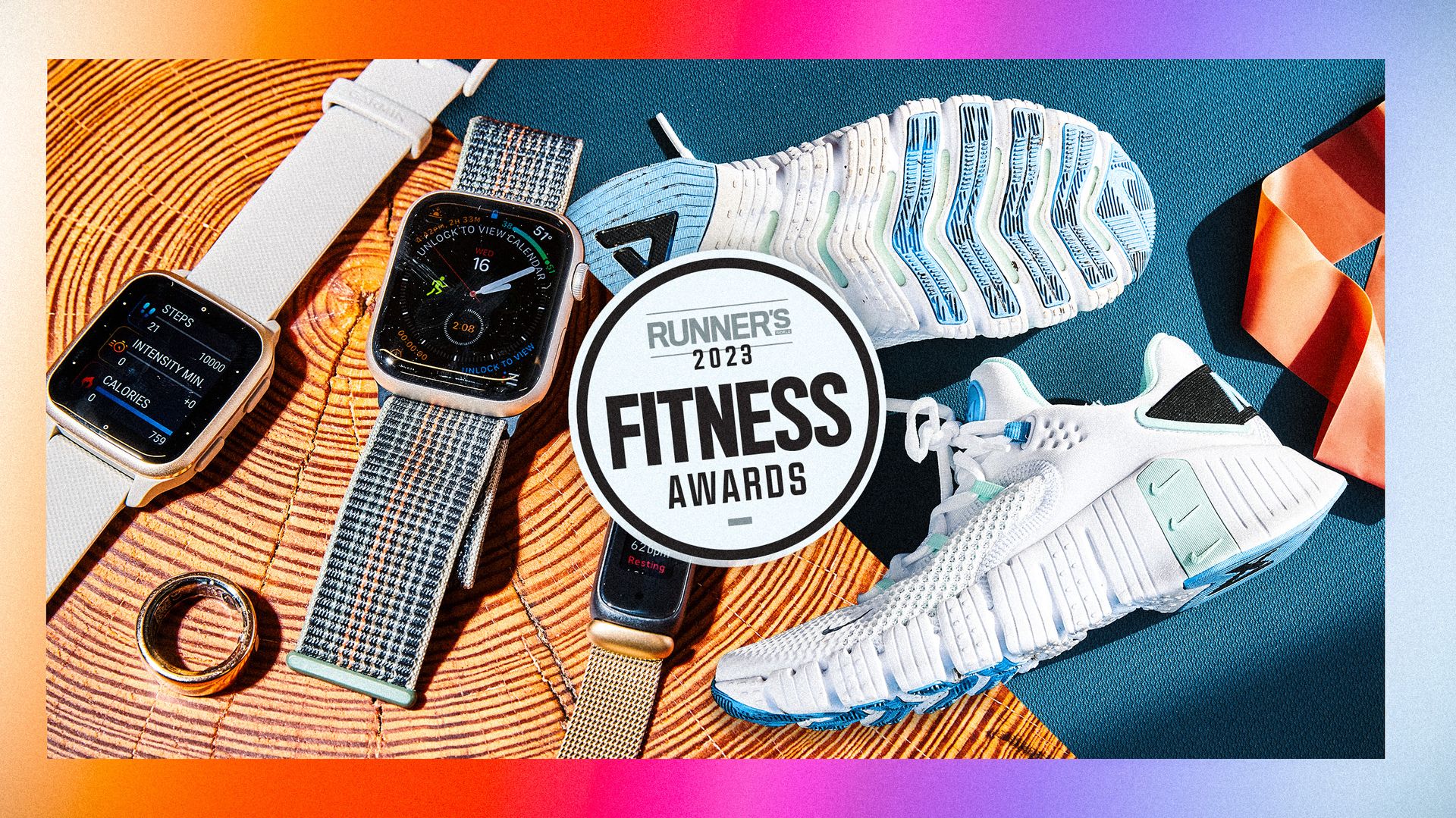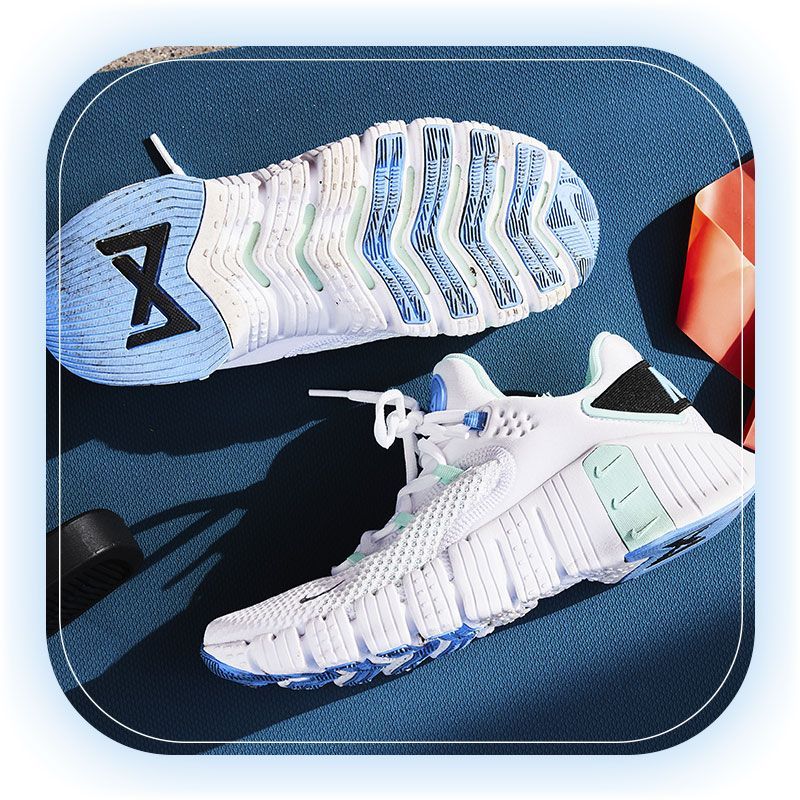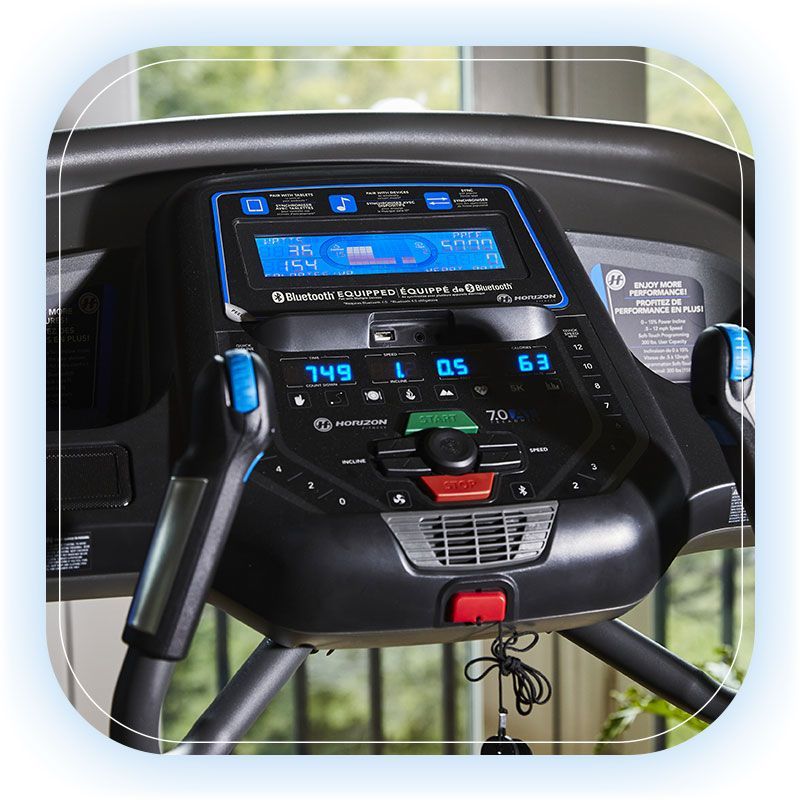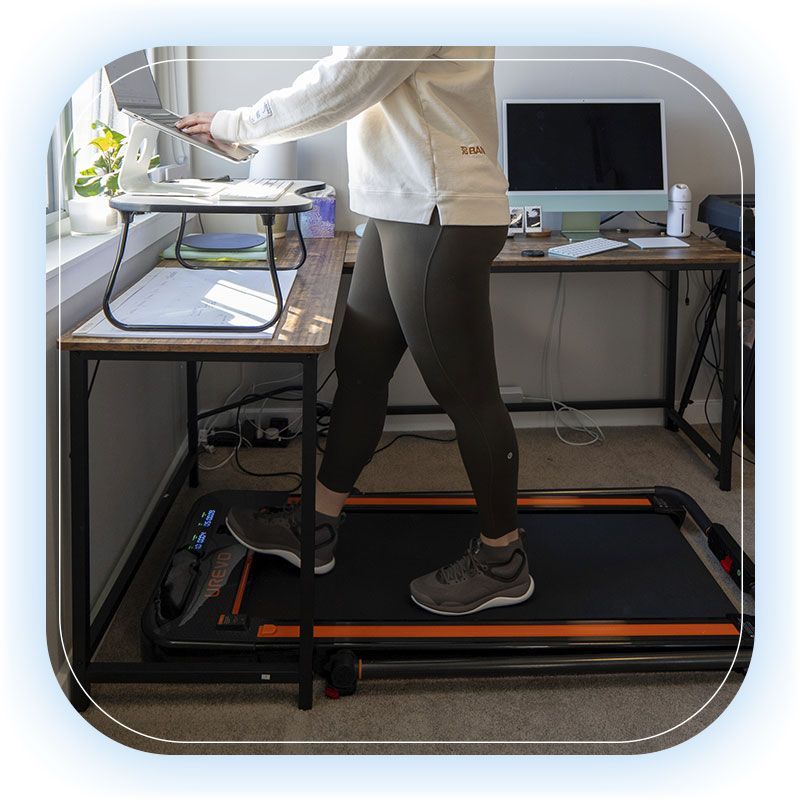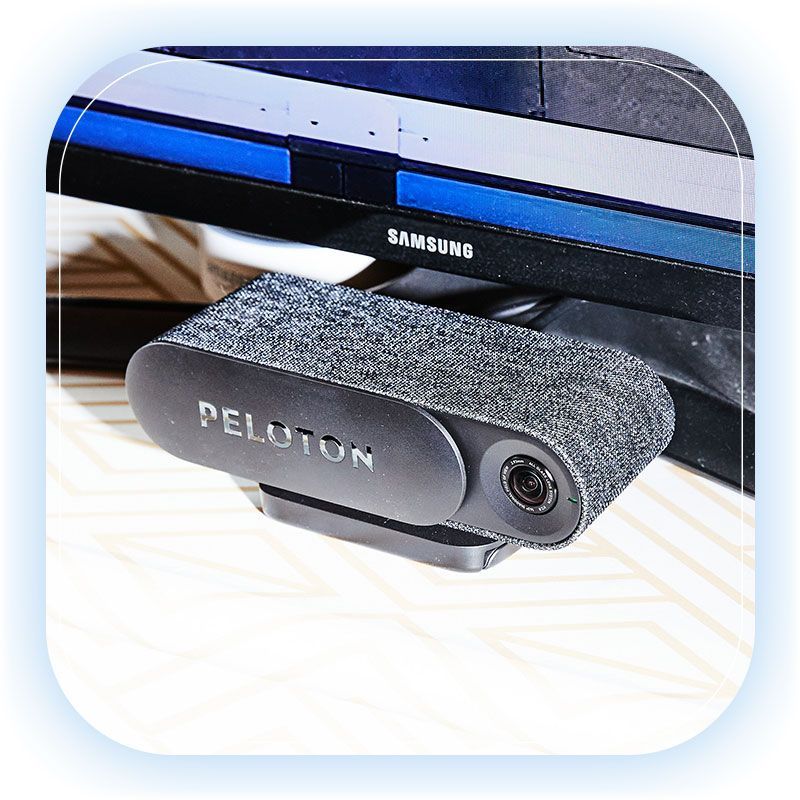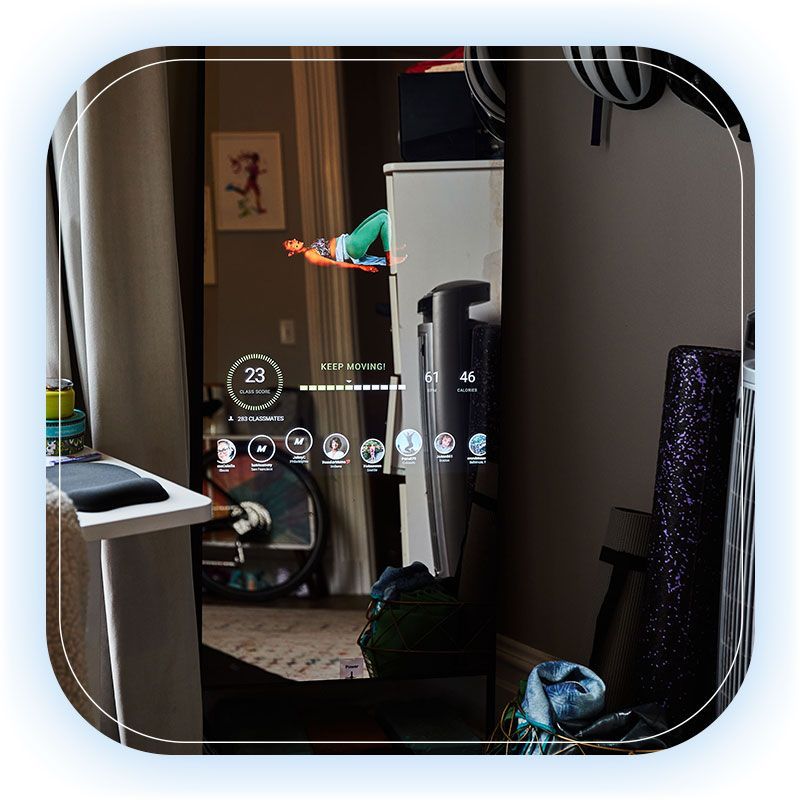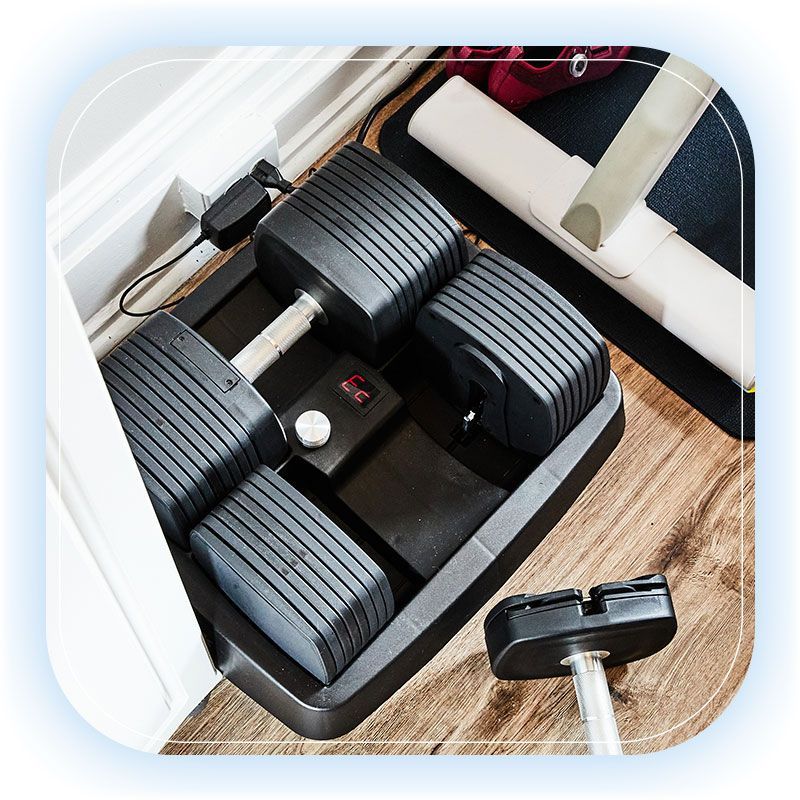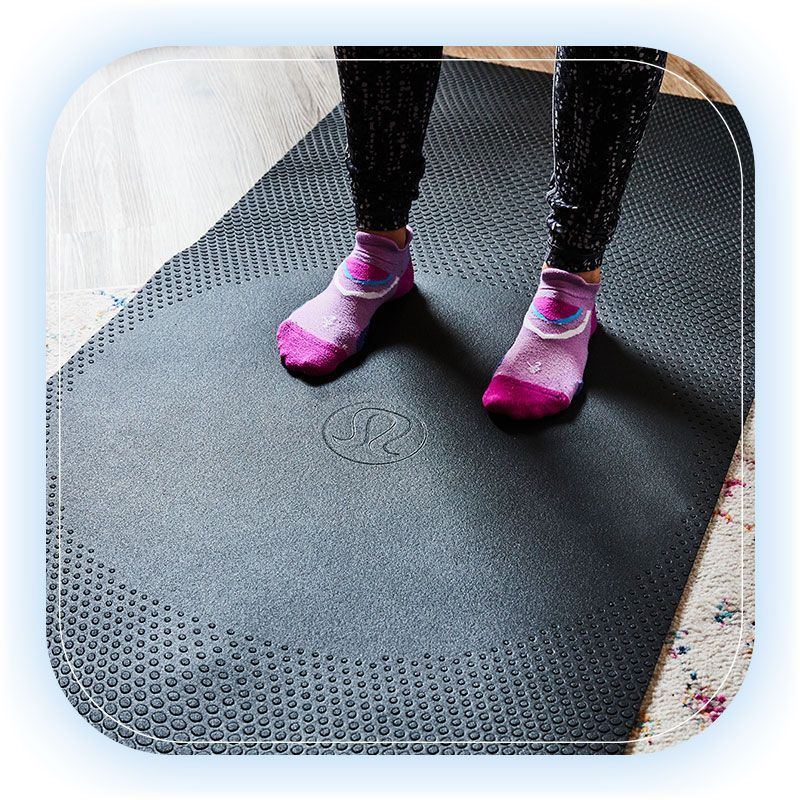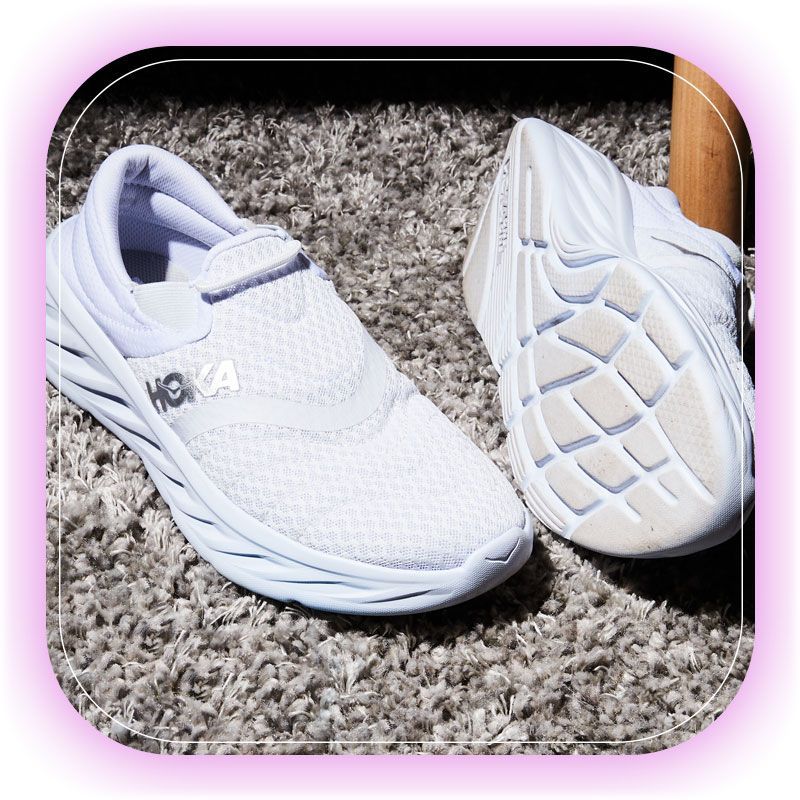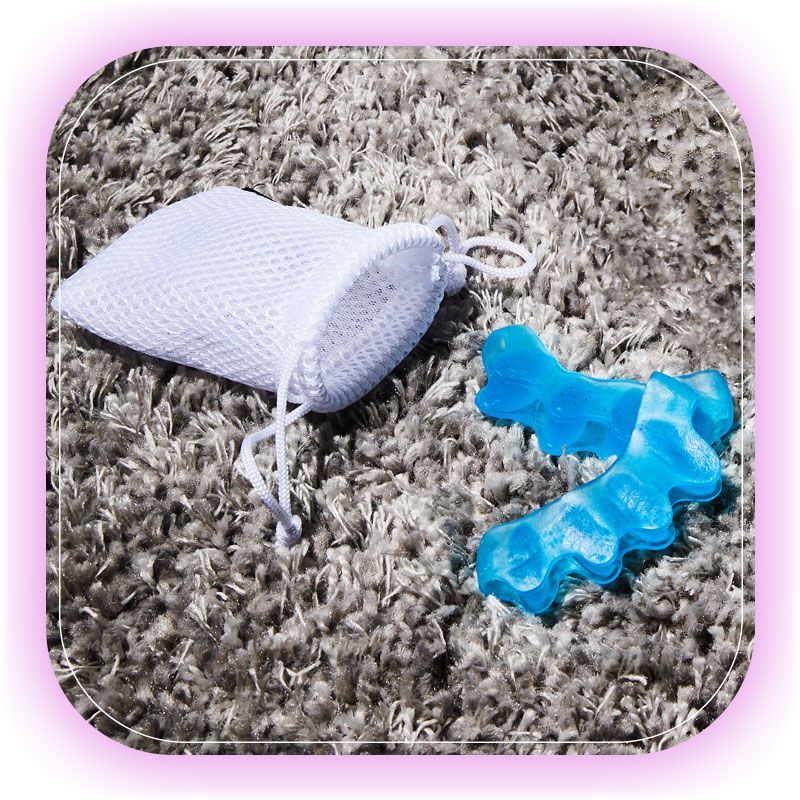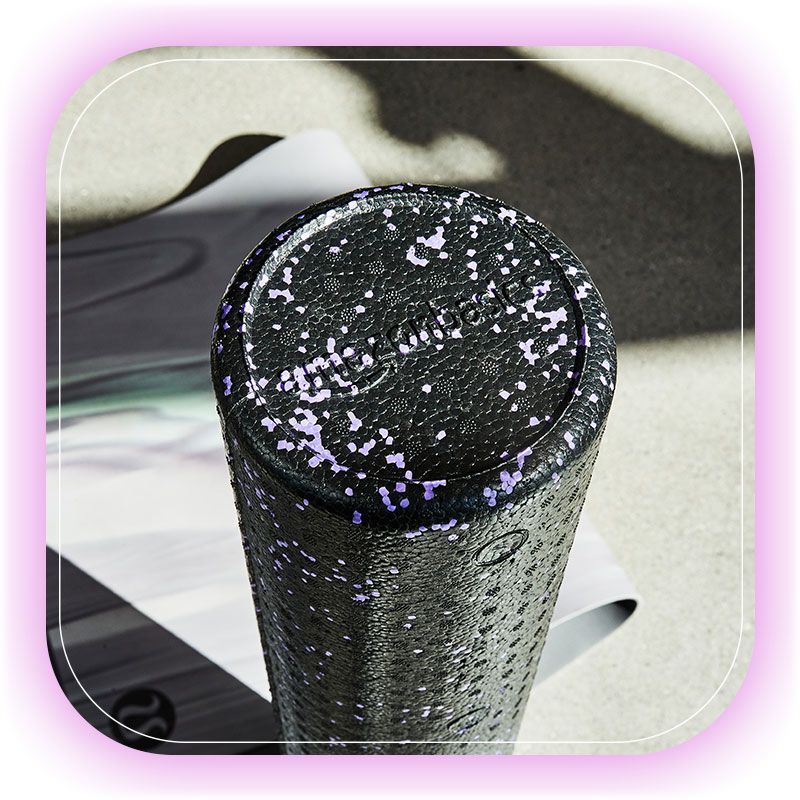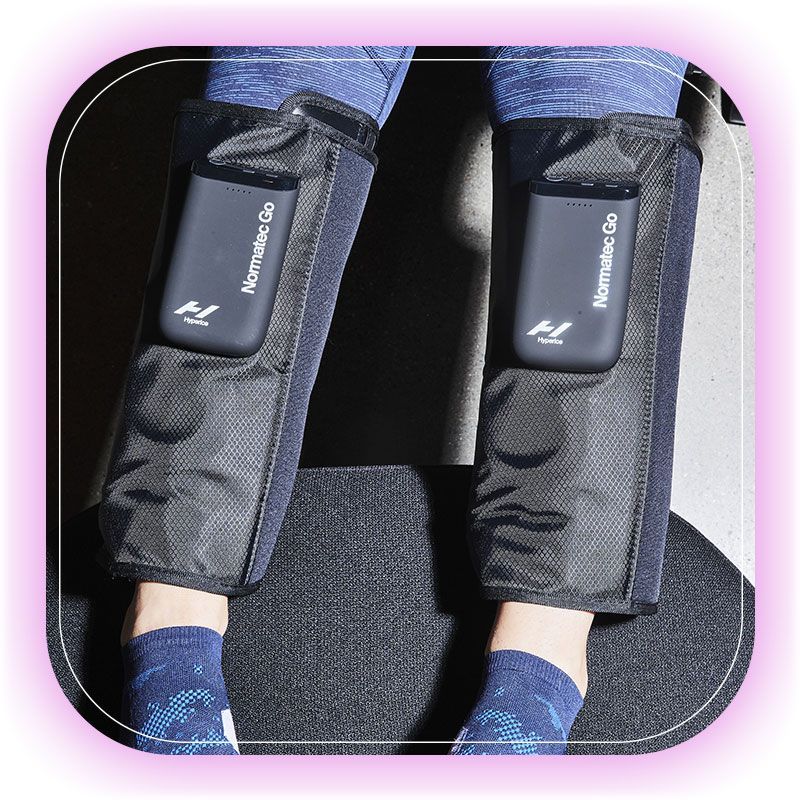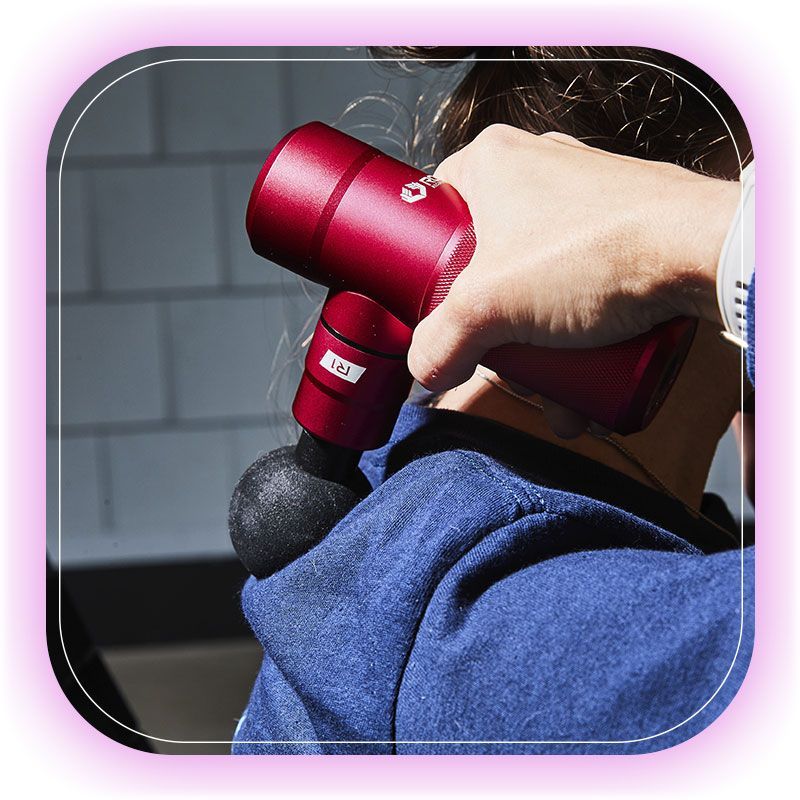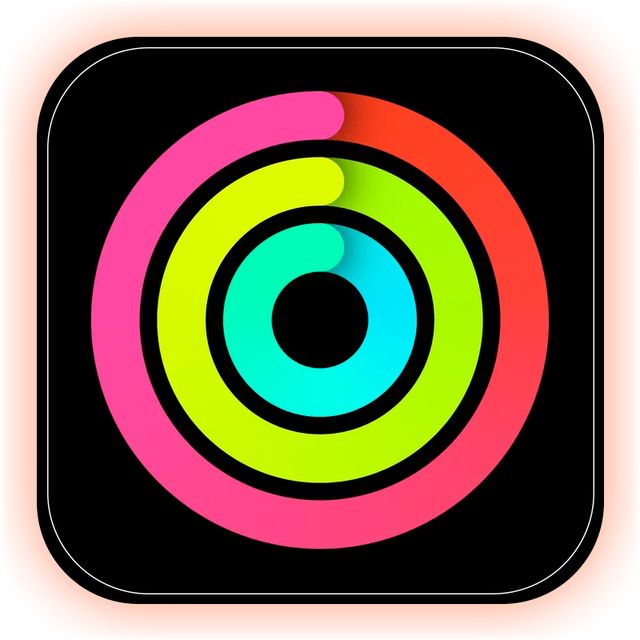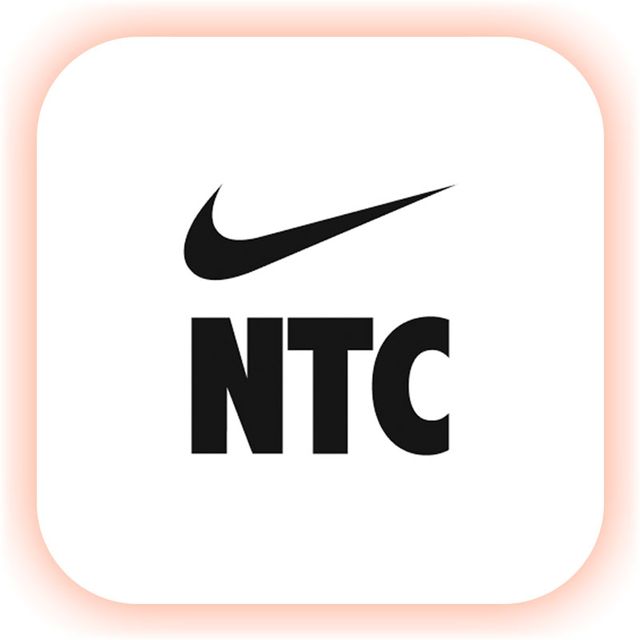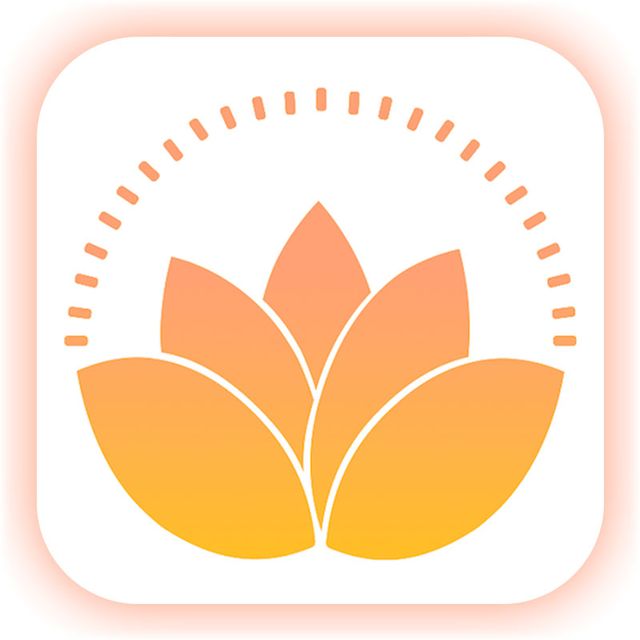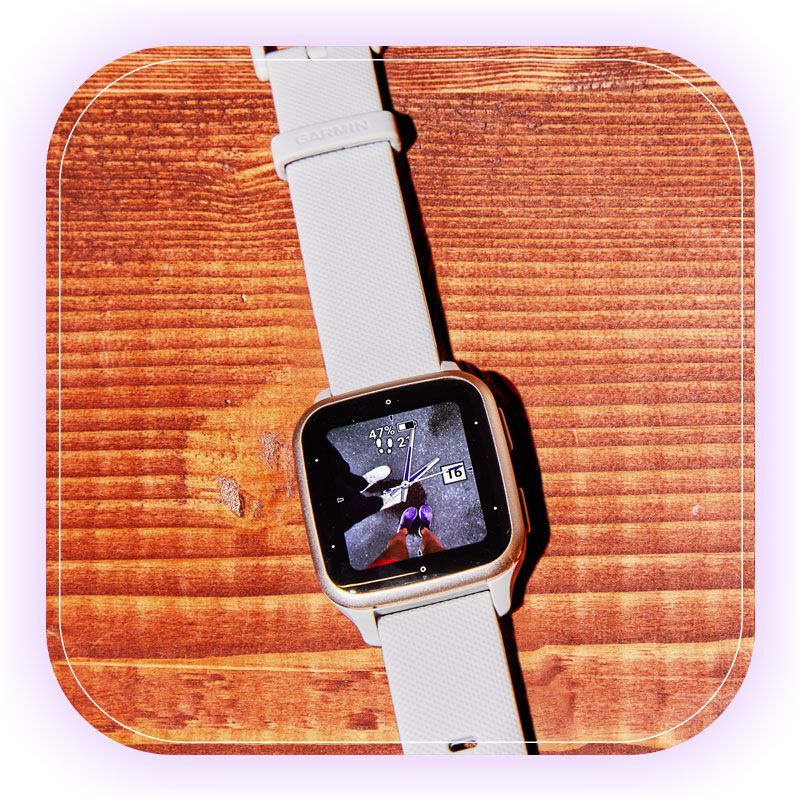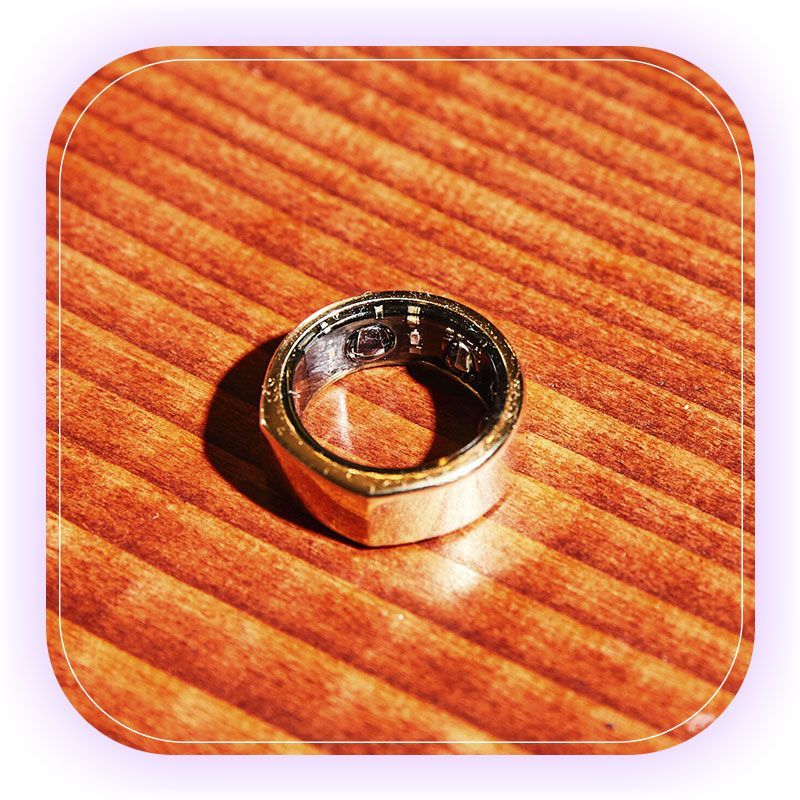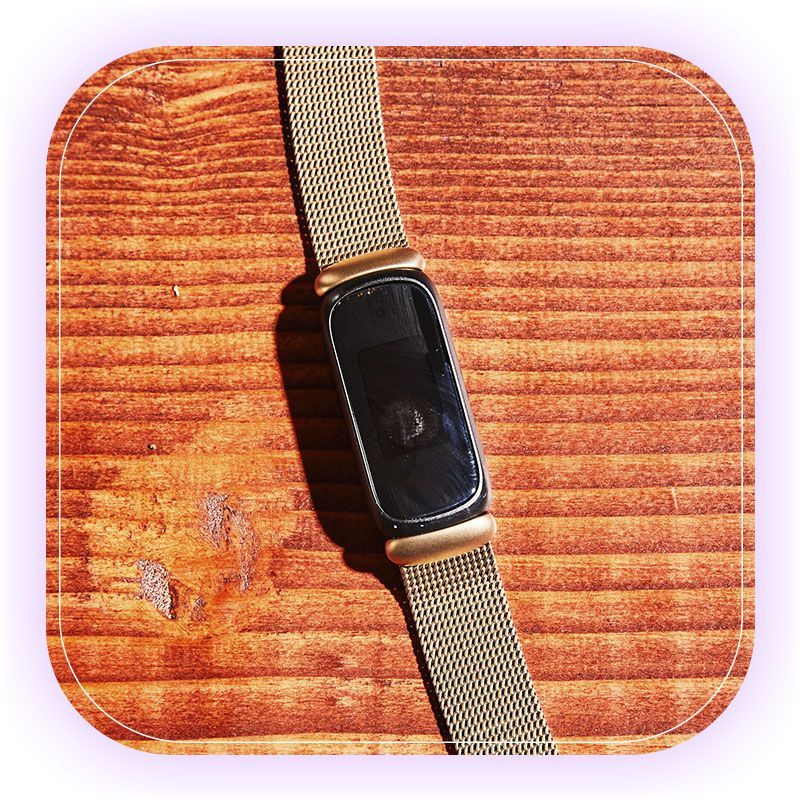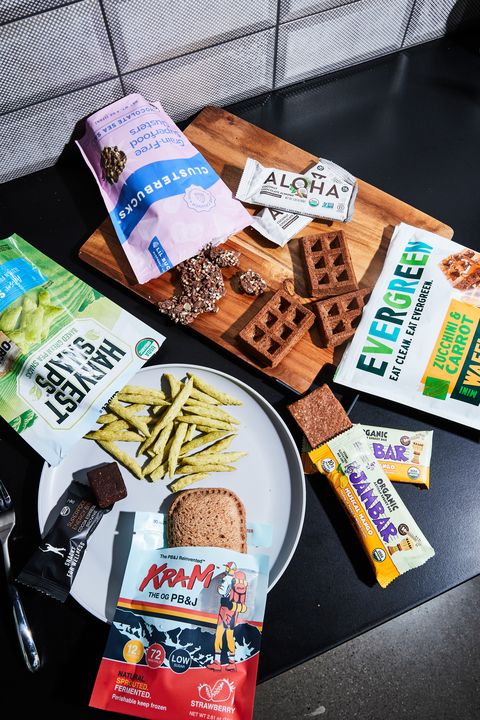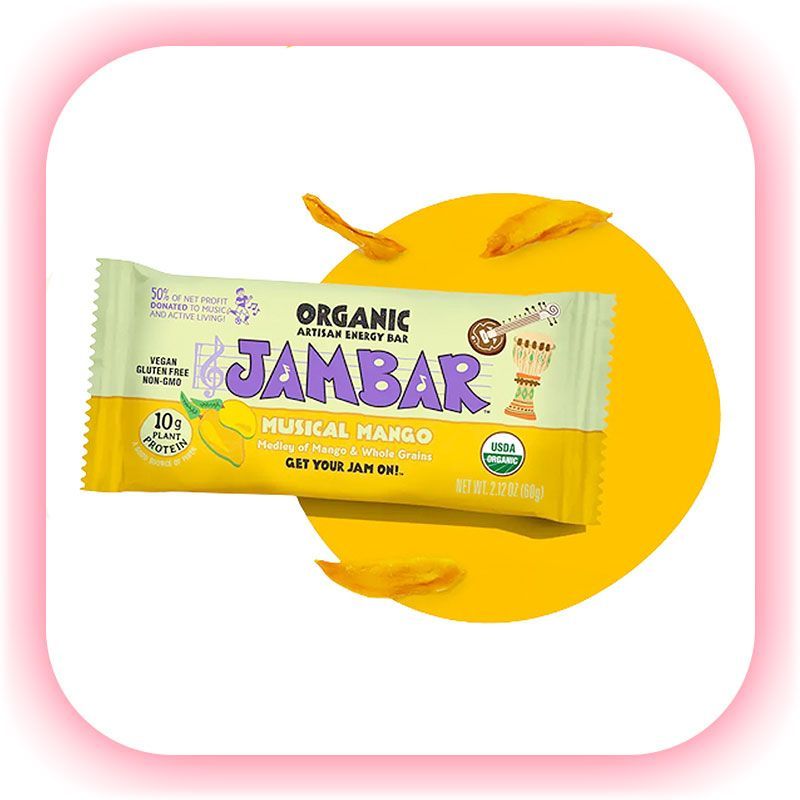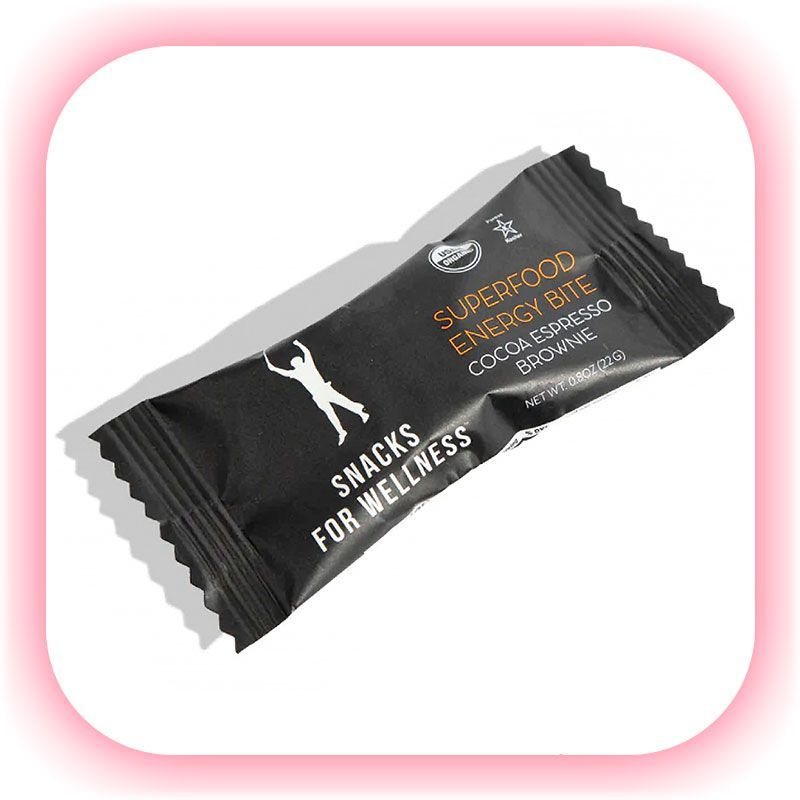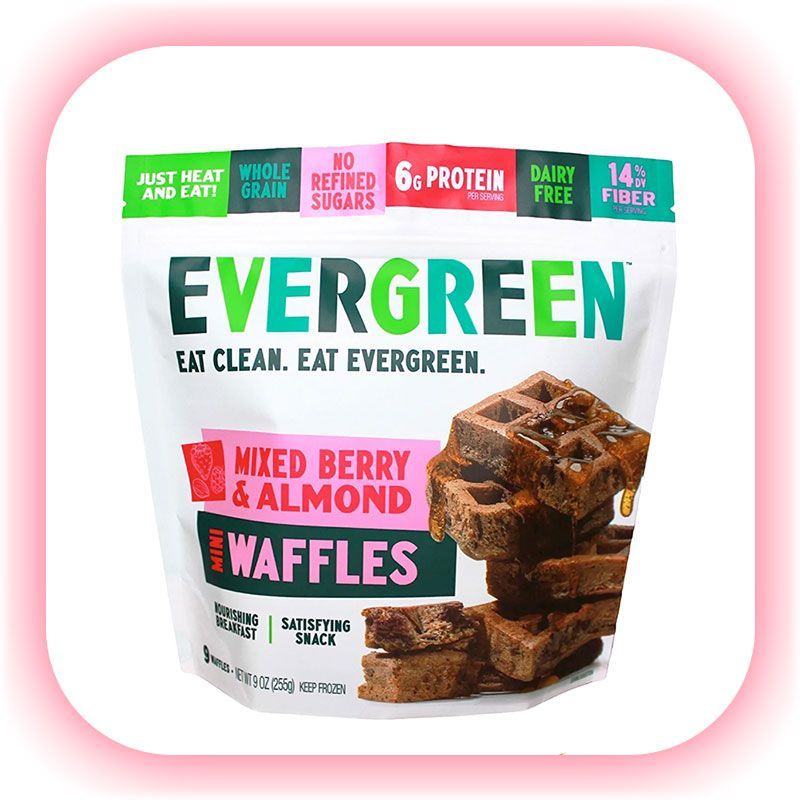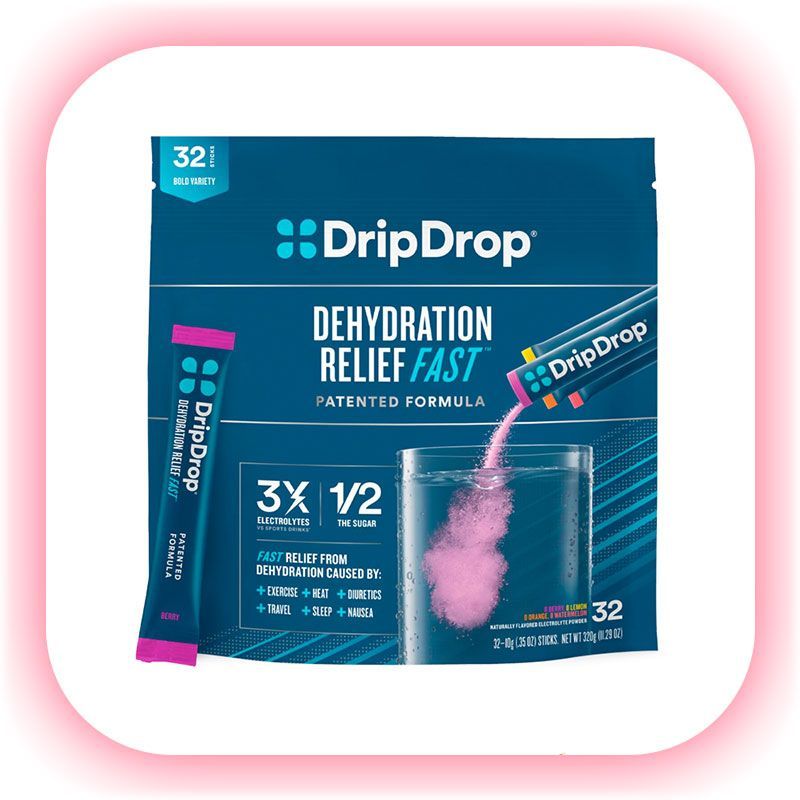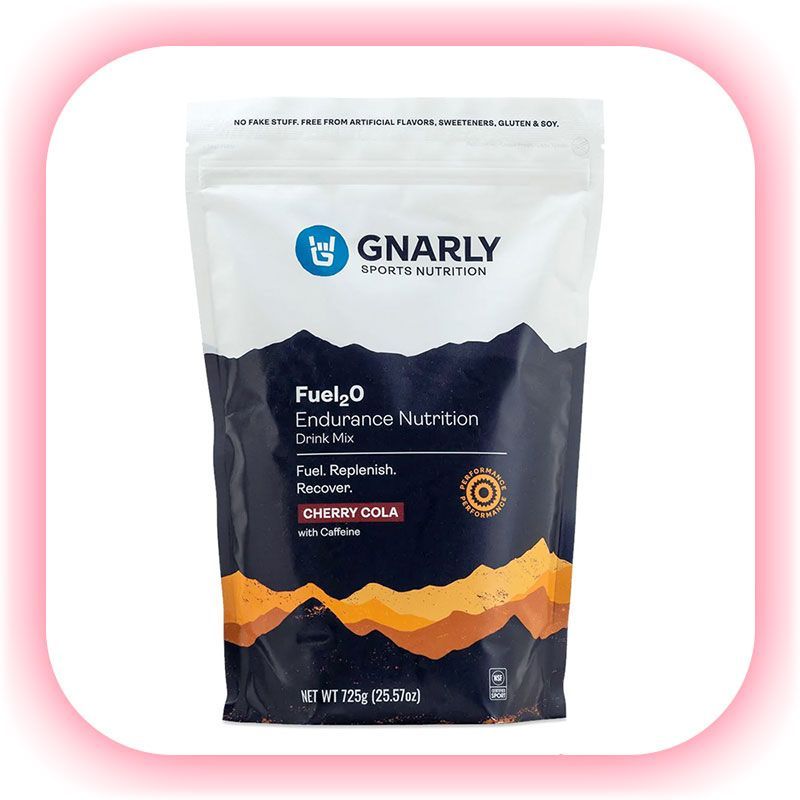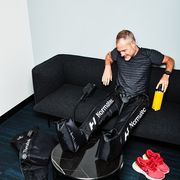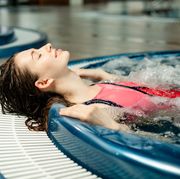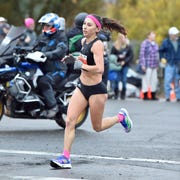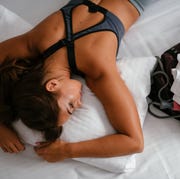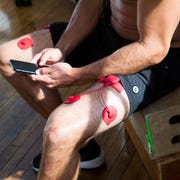Your Guide to the Best Training and Nutrition Products:
HOME GYM – RECOVERY – APPS – WEARABLES – NUTRITION
A stellar at-home gym setup provides the gear you need to move more throughout the day and the means to support your miles, even when you’re not exactly chasing them. With this list of equipment, you can lift weights, kick up your cardio, and loosen up your muscles— all without leaving home.
Best Training Shoe
These shoes feel comfortable as soon as you slip them on—no adjustment period necessary. They’re soft, but still offer a stable surface so you can feel supported while pushing down through your feet in moves like deadlifts, squats, or even overhead presses. The wide toe box and stretchy upper also give you room to spread out your toes during strength exercises. What’s even better for runners: These offer enough flexibility to withstand sprints or other dynamic moves, like box jumps, which help you hone your power.
⇨ Check out the best running shoes
Best Treadmill
You don’t need to spend well over $1,000 to get a smooth belt to run on indoors. This treadmill, which costs just under that four-digit mark, makes for a comfortable workout, as it’s surprisingly steady and won’t bounce even if you work your way up to the top speed of 12 mph. The quick-dial handles are one of our favorite features, as they make for easy, fast adjustments on speed and/or incline. Those quick transitions allow you to keep up with interval or progression workouts. And you can go as steep as 15 percent when you really want to nail hill training.
For those who love app-based workouts, this treadmill easily connects to your go-to platforms, like Peloton, via your iPad or Android tablet, and Bluetooth connectivity that allows you to press play and stream the workout through the machine’s speakers.
⇨ Check Out Our Treadmill 5k Training Plan
Best Under-Desk Treadmill
Research shows that moving more—and more frequently—throughout the day is key to health and longevity. So if you’re someone who works at a desk most of the day and, therefore, spends most of your time in a chair and hunched over a computer, it’s time to get more steps in with this treadmill that fits right under your desk.
With it, you can ramp up your step count as you virtually attend meetings or read through emails. The beauty of this belt, in particular: It weighs just 59 pounds (lighter than many others), and it offers a foldable handrail and wheels for easy transportation and storage. The motor is also relatively quiet, so you won’t disturb your neighbors if you’re in an apartment building. One caveat is that it’s designed more for walking than intense running, so consider it your ticket to taking more steps, but not necessarily improving your speed.
Best Connected Strength Device
If you already love Peloton’s tread or bike workouts but want to focus on strength training, the Guide is for you. The device itself has a built-in camera for “self-mode,” allowing you to see your form on screen and compare it to the trainer’s as you move through a workout. It also has a “movement tracker” that not only gives you credit for your strength moves but also monitors the body parts you work out the most so it can suggest routines for the muscles you tend to neglect. (For example, if you’re consistently doing tread runs and leg workouts, it’ll suggest core and upper-body sessions.)
The Guide also has a “rep tracking” feature to record your strength volume—a key to avoiding a workout plateau. You can also enter your weights for each workout and it stores that info, helping you keep a close eye on your progress.
The best part about Guide is how easy it makes following a well-rounded strength program. You can choose to follow specific weeks-long programs, like coach Tunde Oyeneyin’s four-week arm-focused workouts or the four-week floor boot camp program from Selena Samuela and Jess Sims. Or hit play on the “roll call” schedule. This offers up your strength workouts for the week, mixing total-body, upper-body, lower-body, and core sequences, giving you a mix of moves that can all be done in 30 minutes or less.
To top it off, Peloton seamlessly connects to Apple Watch (and other heart-rate monitors), so you can see your heart rate throughout class. Plus, get a “strive score,” based on the time you spend in each heart-rate zone.
⇨ Read Our Guide to Strength for Beginners
Best At-Home Class Experience
Lululemon Studio brings a group fitness atmosphere right to your home. Formerly known as Mirror (Lululemon purchased the system in the summer of 2020 and rebranded it in October 2022), the device itself looks discreet when you’re not using it. It’s just a full-length mirror that you can lean anywhere or mount on the wall.
When it’s time to kick off your workout, which you launch in the corresponding app, the instructor appears on-screen to lead you through the class. To make that experience of following an instructor even more studio-like, Lululemon teamed up with big-name brands like Pure Barre, Rumble, and Y7 to offer their workouts on the platform. So if you’ve missed going to boutique studios or always wanted to try these popular classes, Lululemon Studio is a great way to do it.
The best thing about this studio approach is that you get the enthusiasm and expertise of instructors in different training modalities, which makes workouts more exciting (and challenging, especially if you’re new to the particular type of training). Plus, it gives you an easy and motivating way to add variety to your routine, keeping a fitness program from getting boring, and many options to reinvigorate your dedication to movement.
What’s more, you can take classes of various lengths from the studio partners (which you wouldn’t get in person) so you can easily sweat it out between meetings or to-dos with a 10- or 20-minute sweat session.
Bonus points for those who love Lululemon gear and have access to in-person classes: A Lululemon Studio membership comes with a discount to shop the store, plus a discount to take classes IRL from their studio partners.
Best Dumbbells
Adjustable dumbbells offer a convenient option for you to continue building strength, as they provide a range of weights without taking up a ton of space. However, many options have clanky weights or are difficult to alter. But not this set from NordicTrack, which makes it easy to switch from 5 pounds to 50, with a simple turn of the center knob. You can also connect them to devices like the Amazon Echo to let Alexa know you want to change your weight selection.
⇨ Try This Dumbbell Workout for Beginners
Best Mat
Lululemon’s yoga mats offer a soft feel yet grippy texture so you stay comfortable while sticking poses. The company recently launched the latest edition to its lineup, simply named The Workout Mat, which improves upon a top-notch product.
Designed for more intensity and dynamic movements—like explosive plyometric exercises and side-to-side movement patterns—the mat feels super plush underfoot, but still offers traction so you’re not sliding around with each step. Six millimeters thick, it’s also great for stretches that require more support (like kneeling hip-flexor stretches), exercises that require a little padding (like forearm planks), and strength moves where you need to feel the ground beneath your feet (basically any weighted movement). While the price tag might seem hefty, it’s worth it for a comfortable, safe space for all your workouts.
It’s easy to forget the crucial role recovery plays in your training plan, but it’s a requirement for seeing progress, building strength, and sidestepping injury. These tools make that rejuvenation process more exciting, giving your body support through rest days.
Best Recovery Shoes
Long runs can leave your feet trashed and in need of some serious TLC. To show them love, step into these super-plush and extremely lightweight Hoka slip-ons. The mesh upper is breathable and stretchy, so you can spread your toes and wiggle them around as needed. But the real feel-good factors come from the memory foam heel and EVA midsole that make for a seriously soft cushion as you walk around postrun. It’s a pair of shoes for which the phrase “like walking on clouds” seems truly fitting.
Best Recovery for Toes
Your toes play a big role in running, particularly when it comes to the big toe and its involvement in the push-off phase of your gait. So, to make sure they’re mobile and strong to withstand the impact and need for speedy reaction, these toe splays offer up a nice release. The gel material fits around and between your toes, spacing out your digits so you get a stretch between each one postrun. The size of each spacer offers gentler separation than similar products, and allows you to wear them in shoes if you want to sport them as you stroll.
⇨ Read More About the Big Toe’s Role in Running
Best Foam Roller
Recovery tools have gotten expensive, but you don’t have to spend hundreds of dollars to get great myofascial release. This dense foam roller will help you find relief for the quads, glutes, hamstrings, and calves. And you can easily use it for the upper body, too. Lie on it vertically, with everything from your glutes to your head supported, and you can open up the chest, and feel a massage through the shoulders and back when you move your arms in a snow angel-like motion. This move—and any way you roll—is the perfect way to stretch it out after a long run or a day of sitting at your desk.
⇨ Here’s How to Add Foam Rolling to Your Routine
Best Compression Therapy
Normatec is a go-to for compression therapy—a tool for giving the legs an air massage before and after long, hard miles. But because the typical full-length sleeves take up the entire leg, and include a pretty hefty hose attachment to pump air into the sleeves, they’re difficult to take anywhere. These calf sleeves, however, offer a much more travel-friendly option. Equipped with rechargeable battery packs to power the airflow, the sleeves offer targeted compression straight to the calves. Seven levels of that compression mean you can get a more intense (we mean, quite intense) 360-degree massage on the lower legs whenever you need it.
Best Massage Gun
This compact percussion massager keeps up with the Theragun and Hyperices of the world but in a smaller (and arguably better-looking) package. It has four speeds and includes four attachments, so you can find the right intensity for every area of the body. Turn it up to work out those quads; turn it down to go a little easier on your shoulders. The device also runs a little quieter than some of its rivals. Plus, it comes with a carrying case that makes it easy to stash in your bag, and is available in four color options.
⇨ Here's How to Optimize Your Postrun Recovery
Readiness scores and recovery feedback are trending on wearables right now—and they can be super helpful for runners. As active individuals, we tend to push our bodies’ limits in workouts and need adequate rest to keep seeing performance improvements.
Two major measurements come into play when tracking recovery: resting heart rate (RHR, which is as straightforward as it sounds—your heart rate when you’re at rest) and heart rate variability (HRV, which measures the time between beats).
A higher HRV typically means lower stimulation of your fight-or-flight response (that’s your stress response when the heart starts pounding and you feel flushed) and better activation of the rest or digest state, or your more relaxed mode, explains Tamanna Singh, M.D., a sports cardiologist at Cleveland Clinic. Things like sleep, alcohol, food, and training can affect both RHR and HRV. While it’s a positive to have a higher HRV, relative to you as an individual, the goal really is stability over time, says Erica Marshall, Ph.D., C.S.C.S., assistant professor of exercise science at Florida Southern College.
Both Singh and Marshall agree that devices can help you spot trends in your RHR and HRV, giving insight into variables that affect these numbers and what to pay more attention to so you get healthier and fitter. For example, they might clue you into the need for better sleep habits, more rest days, or fewer cocktails.
Above all, it’s important to listen to your body over a device. But if your tracker tells you it’s time for a recovery day, it’s also a good reminder to check in with yourself—because maybe you could, indeed, use more time to relax.
Best for In-Depth Stats
When you’re looking for longer battery life (up to 11 days) and feedback on your running form and speed—like cadence, stride length, or best pace—you can’t go wrong with Garmin.
In addition to consistent run stats, heart rate, and accurate GPS, you can also record other workouts like HIIT or strength training. And you get a touch screen that makes for easy navigation.
To help you tune into the crucial recovery element, Garmin offers you a “body battery” feature, which tells you when you’re ready for a hard workout or whether more rest (and sleep in particular) would serve you better. Speaking of sleep, the watch also tracks the stages of your shut-eye and offers an overall score for the quality of your rest. You also get reminders for breathing exercises for added stress relief.
Best Recovery Tracker
It’s nice to have a tracker that doesn’t take up more space on your wrists, and one that stands out for putting rest first. In the corresponding app, you’ll see readiness, sleep, and activity scores. Readiness comes based on RHR, HRV balance, body temperature, recovery index, sleep, and the previous day’s activity. Thanks to that temperature integration, the ring can indicate when you’re sick or just run down, reminding you to take extra rest.
Sleep stats not only include REM and deep sleep, but also how long it takes you to fall asleep, time spent asleep versus awake in bed, suggested bedtime, and the number of times you wake up or move in the night. While the Ring reveals calories burned and steps taken, the more eye-opening stat is inactivity for the day and whether you should move more every hour.
Best for Easy Integration
If you’re an iPhone user, nothing quite compares to an Apple Watch to keep you connected to calls, texts, and reminders. When it comes to training, Apple Watch has also gotten some useful updates this year, including heart-rate training zones, better GPS, and access to more numbers right on the screen, like split stats. Automatic tracking for runs and auto-pause and -start also make for easy recording of your workout data.
What’s more: You can now create custom workouts right on the Watch, making it easy to do 8x800s or any interval on your training plan. The Apple Health app also has in-depth sleep tracking to help you stay in tune with your rest.
While the Apple Watch Ultra makes for a top choice for marathoners or those running trails, the Series 8 is much easier on the wallet.
⇨ Read Our Apple Watch Ultra Review
Best Budget-Friendly Fitness Tracker
Fitbit’s platform is super user- friendly, and the Inspire 3, in particular, is a discreet way to record your everyday activity in a slim, sleek design. Its standout features include automatic activity tracking, zone minutes (or how much time you spend in various heart-rate zones), and sleep stats. It also provides a readiness score, based on activity level, sleep quality, and HRV, to help you determine how much to push during your workouts, as well as a stress management score.
The best part: You get all of this for just under $100. If you want more insight into your sleep, a premium Fitbit membership tells you if you hit the ideal range for important rest factors, like sleep schedule, duration, and restoration (or how much time you spent below your typical RHR).
Your body needs carbohydrates to stay running strong, so Lori Russell, RDN, suggests aiming for about 60 grams of carbs one to two hours before your workout. If you have more time, it’s smart to add in protein and fat to keep you full, but watch your fiber intake before you hit the road, she says.
After you’re done clocking miles, go for that 3:1 carb-to-protein ratio, along with fat and fiber, to aid in recovery. “Runners need to follow general healthful eating rules just like everyone else. So aim to choose ingredients you recognize, stay away from items that seem sketchy or too removed from their whole source, and hard-to-process compounds, like sugar alcohols,” Russell adds. The best prepackaged items will have whole food ingredients like nuts, fruits, oats, and more—including the choices here.
When it comes to staying hydrated and maintaining an electrolyte balance, Russell says the most important thing to pay attention to is sodium. Aim for about 300 to 500 milligrams per hour during exercise, particularly if you’re going long.
Mallory Creveling, an ACE-certified personal trainer and RRCA-certified run coach, joined the Runner's World and Bicycling team in August 2021. She has more than a decade of experience covering fitness, health, and nutrition. As a freelance writer, her work appeared in Women's Health, Self, Men's Journal, Reader's Digest, and more. She has also held staff editorial positions at Family Circle and Shape magazines, as well as DailyBurn.com. A former New Yorker/Brooklynite, she's now based in Easton, PA.
